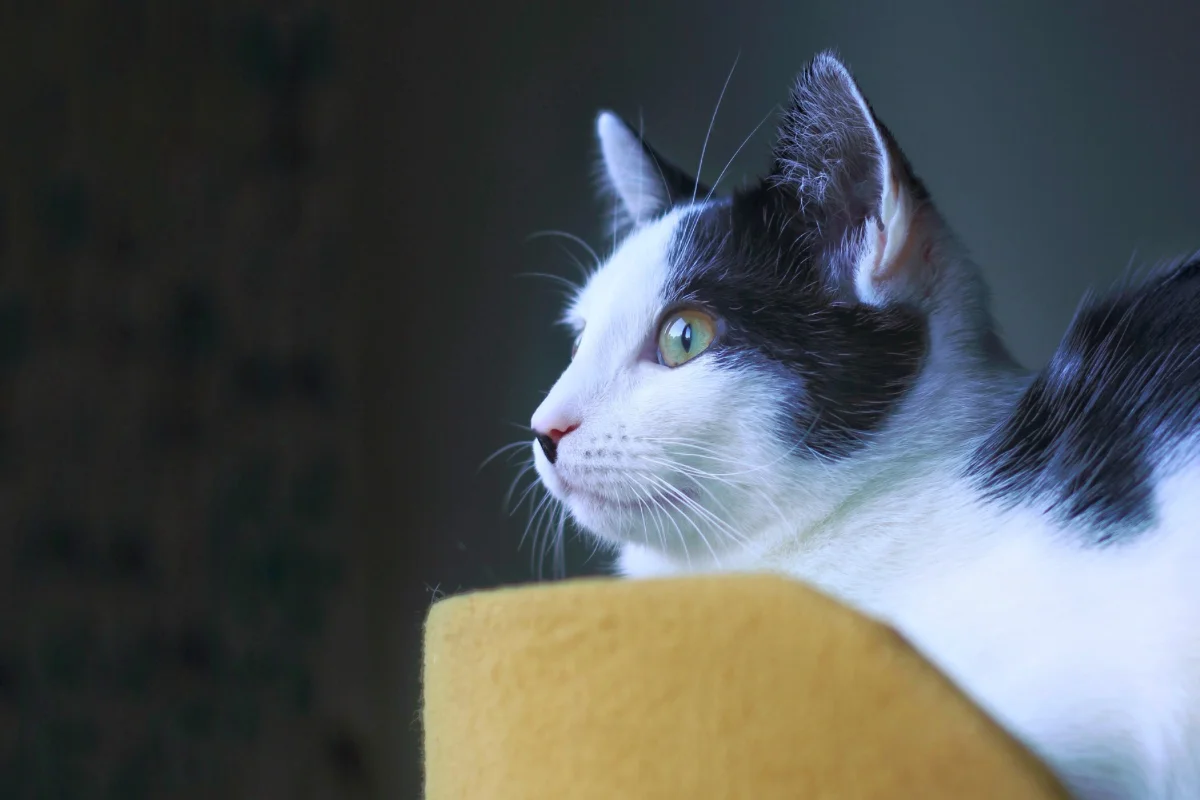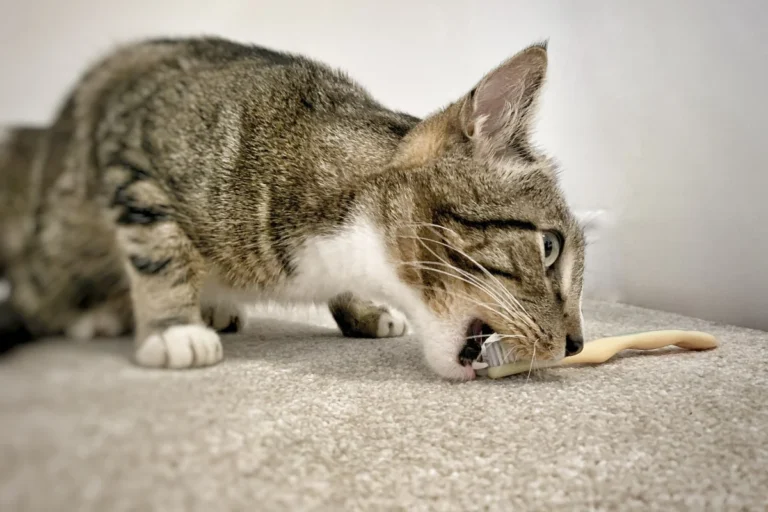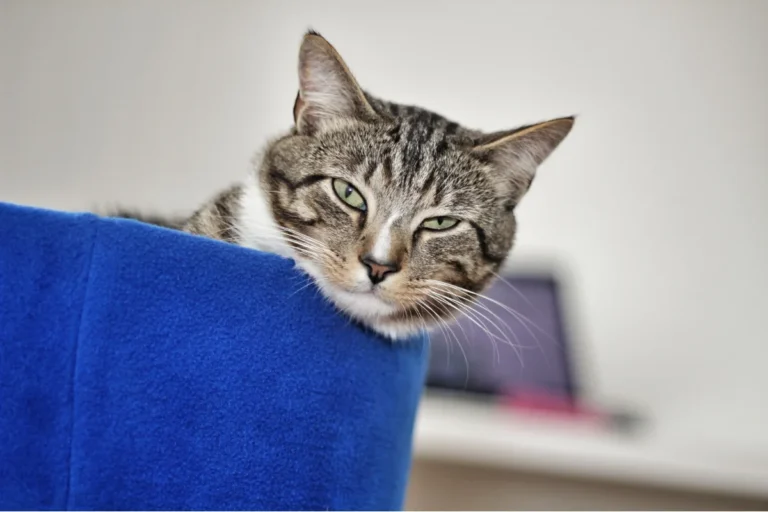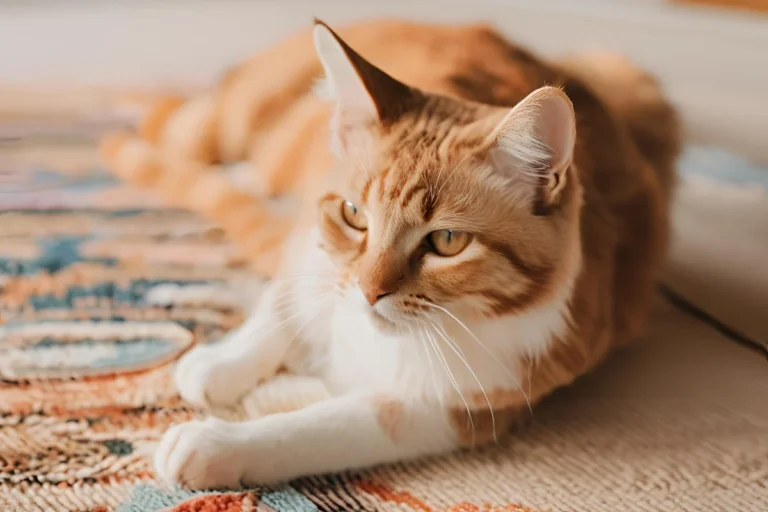Are cats low maintenance?
Cats are often celebrated as the ultimate low-maintenance pet. They’re independent, don’t require daily walks, and can entertain themselves, right? While it’s true that cats differ from dogs in terms of their daily needs, labeling them as “low maintenance” can be misleading and might lead to neglecting their essential care requirements.
If you’re considering bringing a cat into your life — or if you already have one — this guide will help you understand why caring for a cat is more involved than the myth suggests. By the end, you’ll have the knowledge to ensure your cat thrives physically, mentally, and emotionally.
Why people think cats are low maintenance?
The perception that cats are easy pets comes from several misconceptions:
- They don’t need walks: Unlike dogs, cats don’t require leash-led outdoor exercise. This makes them seem like the perfect pet for busy individuals or those without outdoor access.
- They’re independent: Cats are often seen lounging or grooming themselves, which creates the illusion that they can handle life without much human intervention.
- They’re fine alone: Many assume cats can be left alone for long periods with minimal oversight, needing just a bowl of food, water, and a litter box.
But these assumptions only scratch the surface. Let’s explore the reality of cat ownership and why “low maintenance” is far from accurate.
What cats really need to thrive
Mental stimulation and enrichment. Cats are natural hunters. In the wild, they spend much of their day stalking, chasing, and catching prey. Indoor cats, however, lack these opportunities unless their owners provide them. Without mental stimulation, cats can become bored, frustrated, and even destructive.
Examples of enrichment activities:
- Interactive play: Use toys like feather wands, laser pointers, or motorised mice to mimic hunting behaviours. Dedicate at least 15–20 minutes twice a day for play.
- Food puzzles: Replace their food bowl with puzzle feeders that make them “hunt” for their meal. This slows down eating and engages their mind.
- Window views: Set up a perch by a window where they can watch birds or squirrels. Adding a bird feeder outside can keep them entertained for hours.
Physical activity to prevent obesity. While cats may seem content to nap all day, they need physical activity to maintain a healthy weight. Obesity is a growing problem among indoor cats, leading to issues like diabetes, arthritis, and heart disease.
Solutions for encouraging movement:
- Cat trees and shelves: Provide vertical spaces for climbing. Cats love to explore heights, and it keeps them active.
- Chasing games: Drag a string or ribbon for them to chase around the house.
- Timed feeding: Instead of free-feeding, offer smaller portions multiple times a day to encourage activity between meals.
Social interaction and attention. Cats are often described as independent, but many are highly social and crave interaction with their humans. Ignoring this need can lead to loneliness, depression, or behavioural problems like excessive meowing or destructive scratching.
Tips for building connection:
- Cuddle time: Let your cat sit on your lap or sleep near you if they enjoy physical contact.
- Communication: Talk to your cat. They may not understand the words, but they respond to tone and feel included.
- Multiple cats: If you’re frequently away from home, consider adopting two bonded cats to keep each other company.
Challenges of indoor-only cats
Keeping cats indoors is safer, but it comes with its own set of challenges. A survey in the UK (2015 PAWS Report) revealed that 24% of cats are now kept indoors, up from 15% in 2011. In the United States., the numbers are even higher.
Why indoor cats face unique issues:
- Territorial stress: Indoor cats may feel stressed in multi-cat households or when other cats roam near their territory outside.
- Over-reliance on owners: They depend entirely on their owners for stimulation and exercise, unlike outdoor cats that can hunt and explore.
- Behavioural problems: Lack of stimulation can lead to over-grooming, aggression, or inappropriate elimination.
How to help your indoor cat:
- Safe exploration: Use harnesses and leashes to let your cat explore the outdoors safely.
- Create zones: In multi-cat households, ensure each cat has their own litter box, feeding station, and resting area to reduce competition.
- Provide variety: Rotate toys or introduce new smells (like catnip or safe herbs) to keep their environment interesting.
The financial and emotional investment
People often view cats as affordable pets, but owning one can become expensive, especially when choosing a pedigree breed.
Common costs of cat care:
- Veterinary bills: Routine checkups, vaccinations, and dental cleanings add up. Emergency care, like surgery for blockages or treating illnesses, can cost thousands of dollars.
- Food and supplies: High-quality cat food, litter, scratching posts, and toys are ongoing expenses.
- Breed-specific health issues: Pedigree cats are prone to genetic conditions. For example:
- Persians often struggle with breathing problems due to their flat faces.
- Maine Coons are predisposed to heart conditions like hypertrophic cardiomyopathy (HCM).
Pro tip: Before adopting, research the breed or consult with a shelter about the cat’s history to understand potential health risks.
Long-term commitment
Cats can live 15–20 years, and their needs evolve over time. Kittens require constant supervision and training, while senior cats may need special diets, medications, or accommodations for reduced mobility.
Questions to ask yourself before adopting:
- Time: Can you commit to daily play, feeding schedules, and litter box maintenance?
- Budget: Are you prepared for both routine care and unexpected vet bills?
- Home environment: Can you provide a cat-friendly space with room to climb, explore, and relax?
Final thoughts: Are cats really low maintenance?
Cats are undoubtedly less demanding than dogs in some ways, but the idea that they’re “low maintenance” is a myth. Owning a cat requires time, effort, and financial resources to meet their physical, mental, and emotional needs.
If you’re ready to invest in creating a safe, enriching environment for your cat, they can be one of the most rewarding companions. But remember, bringing a cat into your life isn’t about convenience — it’s about commitment. By understanding cat care, you can build a strong bond with your pet and ensure they live a happy, healthy life.




